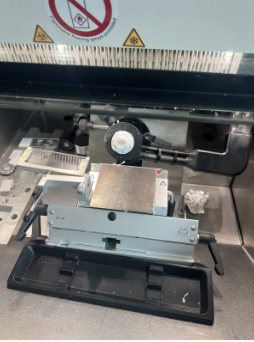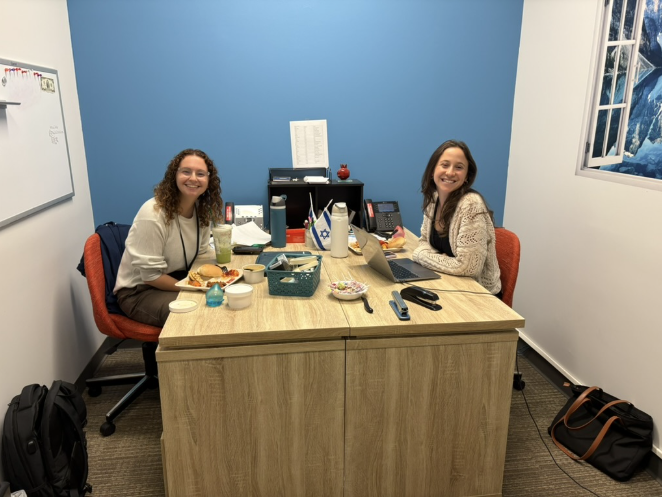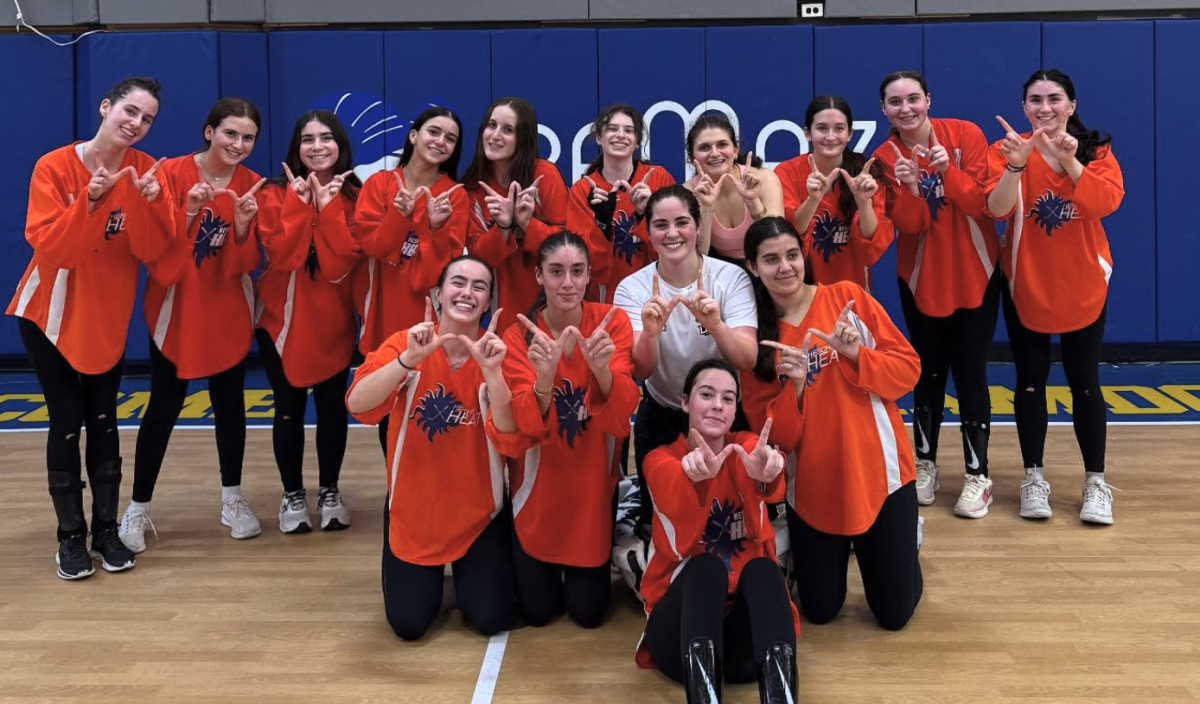A new, unfamiliar, invasive fungal infection found within the soil in Gaza has become a new addition to the exhaustingly long list that keeps mothers of IDF soldiers up at night, as well as civilians in Gaza who suffer a humanitarian crisis.
Roughly a month ago, an IDF soldier who was brought to Assuta Ashdod Medical Center in Israel to be treated for a severe injury, died after contracting this exact infection, putting this infection on the radar.
The soil in Gaza, contaminated with sewage waste, is believed to be a breeding ground for this life-threatening disease. Before injured soldiers are extracted from battle, and their open wounds are properly sterilized, they’re often in contact with the soil, and thus are at high risk for contracting this infection.
Medical professionals are nervous about the unfamiliarity of the fungus and its inability to respond to known antibiotic treatments.
The Times of Israel quotes Professor Galia Rahav, chair of the Israeli Association for Infectious Diseases, saying that the number [of infected soldiers] had reached ten. That was a month ago. Surely, the number has increased since.
Professor Hagai Levine, the head of the medical team for the Hostages and Missing Families Forum, reminded [Israeli] Channel 12 that soldiers were not the only ones at risk of infection, and that there were grave concerns for the health of hostages still held in Gaza, in addition to Palestinian civilians. IDF soldier Netanel (Nat), a relative of Heschel community’s Bar-Chama family, is one of the many actively fighting off this infection in Soroka Hospital in Beer Sheva. Nat had entered Gaza alongside his special force unit after hearing word of the location of hostages within the tunnels.
As a commander, following the ethical protocol of IDF warfare, he entered first. Upon arrival, the unit was ambushed by awaiting Hamas terrorists. Many soldiers were injured that day, but along with one other man, his injuries were severe. Shrapnel from a grenade lodged in his abdomen, liver, and leg. The large gash on his lower leg and direct exposure to the soil beneath him is how he picked up the infection.
As his leg continues to be surgically flushed out with betadine every two to three days, in a desperate attempt to prevent amputation, we must hope for ample antibiotics and now, more than ever, an end to the terror.





